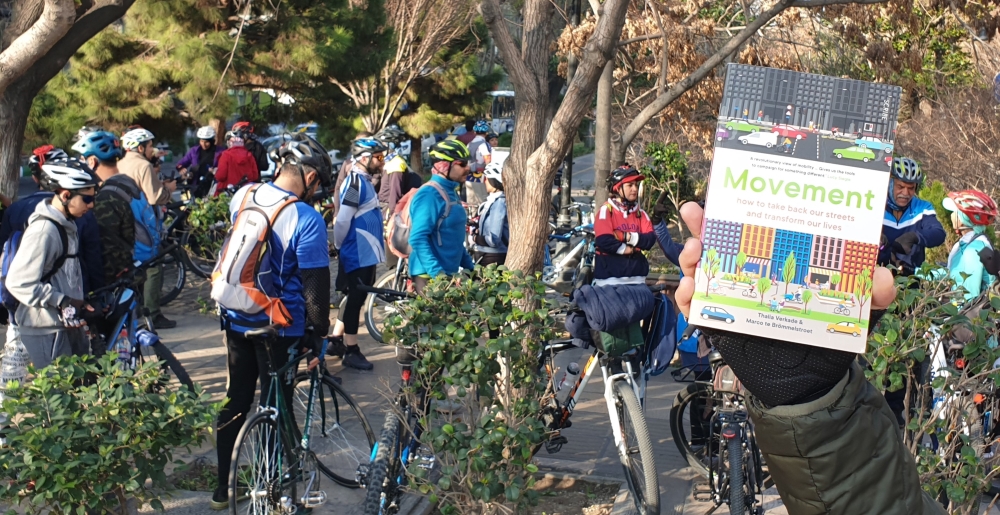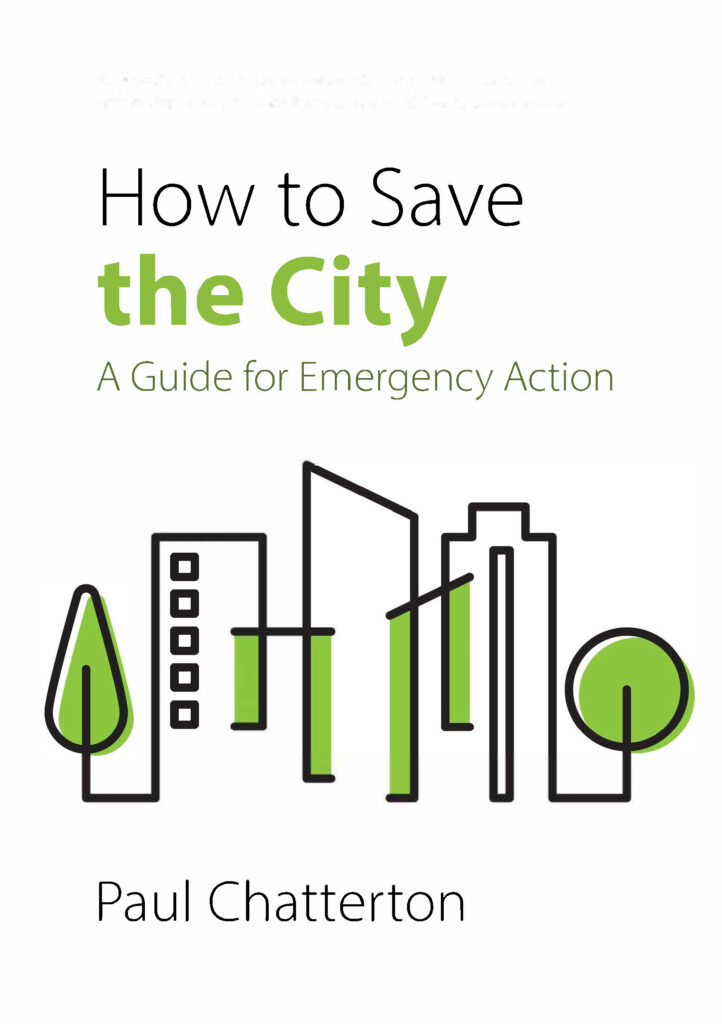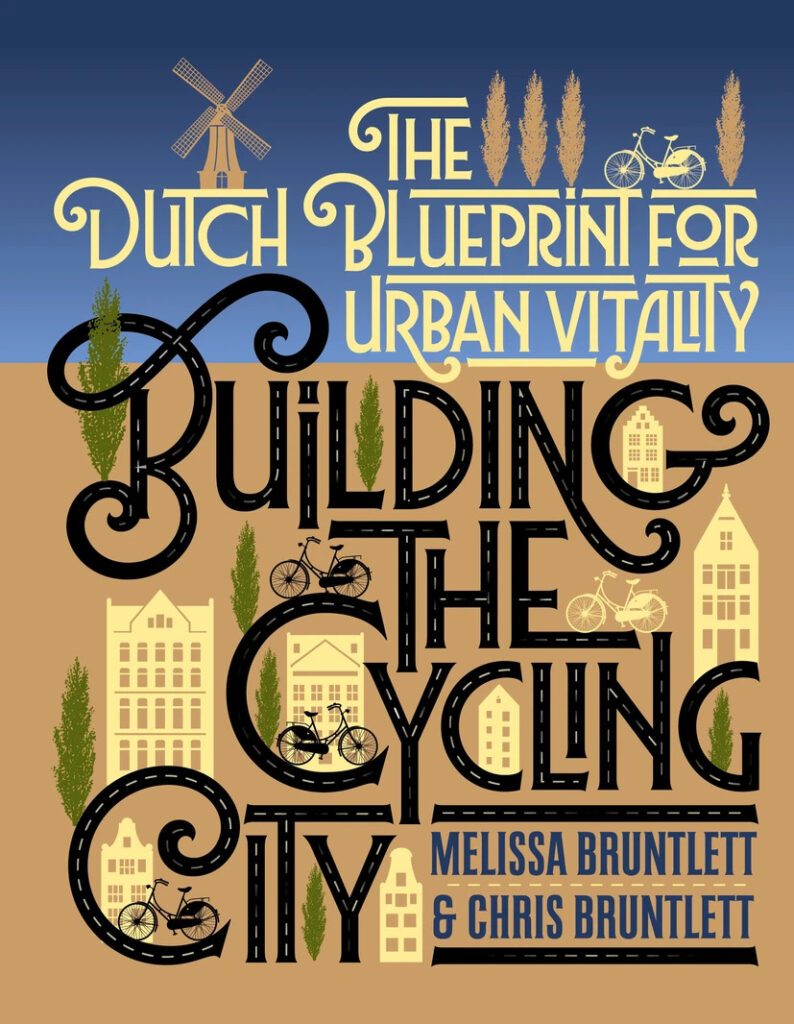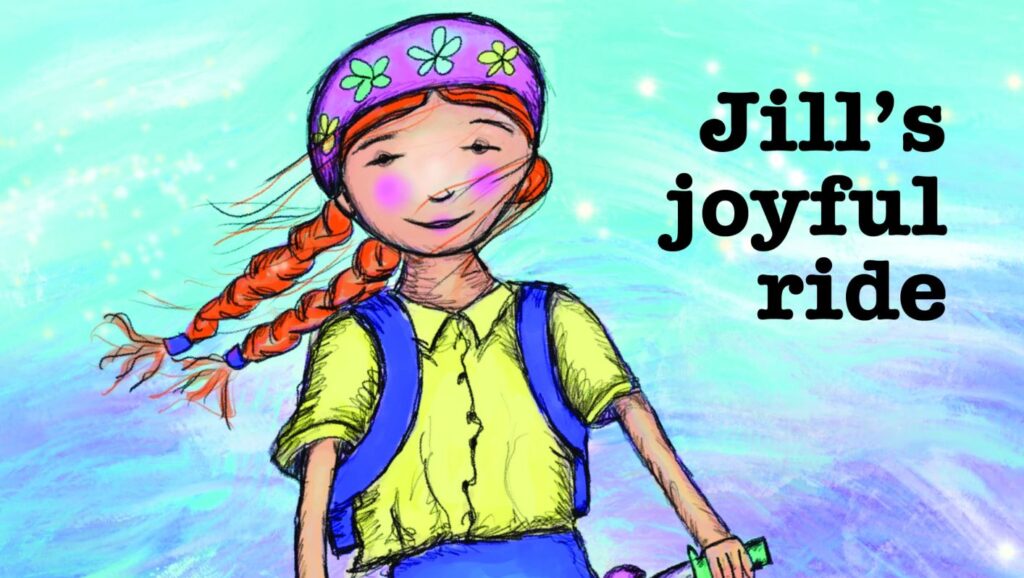Real change could come if we seize the opportunity to rethink what public space is for, who decides, and what we want to do with it. This is Movement! Will you join us?
(p. 3)

What is it about?
As we shape cities and streets, we are shaped by them. The built environment has a profound impact on our social relationships, our well-being, and the rhythm of our lives. When the street is viewed as a rationalized road for mechanical movement from A to B, we miss out on the rich socio-spatial potential of public space to foster human interactions. Decades of transportation engineering and spatial planning have reduced the value of streets as a social production to roads as an efficient machine in many parts of the world. A kind of ideological representation of the modern city as a machine of speed and efficiency maximizing utility.
But how can we shift our understanding and language from the city as a moving machine to the city as a human encounter? How can we look at our streets differently and create alternative narratives? We need the imagination to rediscover the streets, develop a different language, and take radical measures to prioritize walking and cycling that resist against speed, repetition, and quantification of everyday life.
Movement: How to Take Back Our Streets and Transform Our Lives by Thalia Verkade and Marco te Brömmelstroet is a three-year shared journey of discovery into the possibilities of our streets. It questions the choices and mechanisms that underlie the design of these public spaces and explores how they could be different: “How do we want to live together, Who do our streets belong to, what do we want to use them for and who gets to decide?” (p. 3). It offers a different perspective on the street and challenges us to rethink our assumptions and initiate radical changes to transform our cities into more inclusive, sustainable and vibrant spaces.
Traffic is an everyday problem in many cities around the world. The streets belong to all of us (chapter 1), and yet they are often designed as if only cars matter. The streets are dedicated to them, traffic has taken over our public spaces, and decades of car-based spatial planning and traffic engineering have imposed a mechanical order on our everyday lives. Getting from A to B is not the only reason to move around cities; public space is not a moving capsule.
We need to see our public spaces as commons to foster learning and creativity; people interact and children are at play (chapter 2). Even in the Netherlands, there is still a fight for sustainable safety, limiting the speed of cars and reclaiming spaces for people, especially children. The right to space for children is now a global issue. Stop Murdering Children has changed its name and is now called Priority for Children!
How many people die every day in accidents on our streets by drivers (not to say cars) or are injured with long-term deep traumas and their lives changed? Who are the victims of this system? (chapter 3). Mobility is not a machine and our duty is not to make it run faster and more efficiently. “We allow everything in our lives to depend on cars, even if we destroy each other in the process” (p. 131). are there alternatives?
Finding alternatives needs to challenge the status quo not accepting it. Where will we end up if we carry on this way? (chapter 4). Road violence is not accidental, it is a direct result of our city’s choices (p.166). Can design guidelines and traffic models help us, or do we need to have a battle against what they dictate? Is it an urgent necessity to invest in auto-pilot mobility; or demand spontaneous, autonomous, peaceful human-powered mobility? Is this a real thing that we want: More machines, fewer people?
What kind of city do we want? You have a choice whether you see public space as a tube for fast transit or as a place to spend time and hang out. Which would you rather build in front of a school: a drop-off zone for the car-driving parents or a multi-purpose space for outdoor play and learning? Which is a public space as if people mattered? (chapter 5). “Build a city around the car and you’ll get motorists. But build a city around people and you’ll get pedestrians, cyclists, and children on the streets” (p.214).
Rethinking mobility narratives and the importance of public spaces should lead us to take real action to take back our streets and transform our lives. Are you ready to give some ideas for action? (chapter 6) we are all responsible for our city and have the power to change the status quo. Here is a list of ideas on how you can take action yourself. “We’ve divided these ideas into steps you can take on your own, as an individual; action you can take collectively, together with other people, and tips for engaging with politicians and representatives of the established order” (p. 244).
Now that’s movement! Will you join in?
What approach does it take?
The book’s approach is based on the application of critical thinking to public spaces and urban mobility. Thalia Verkade is a Rotterdam-based journalist who scrutinizes her lived experience of moving around the city and asks fundamental questions. On her journey of exploration, she meets cycling professor Marco te Brömmelstroet, who strongly influences her perspective and accompanies her on her journey.
The narrative style of the book, the rich description of the characters’ everyday lives, interviews with various experts, and many quotes make the book very appealing and invite the reader to think anew about encounters with the city, public space, and movement.
Who might be interested in this book?
The book is a must-read to critically rethink our public space and mobility from a human-centered perspective to put people at the center of planning. It is the best resource to inspire planners, politicians, activists, policymakers, and the public to change our status quo and transform our lives.
“Read this book and you may well find that you can never look at the streets outside your front door in the same light again”
Further details
- Academic disciplines: Mobilities, cycling studies, and urban planning.
- Geographical scope: –
- Relation to cycling: Cycling is central to the book
- Reference (APA): Verkade, T., & te Brömmelstroet, M. (2022). Movement: How to Take Back Our Streets and Transform Our Lives. Translated by Fiona Graham. Scribe.
Publisher website: MOVEMENT



